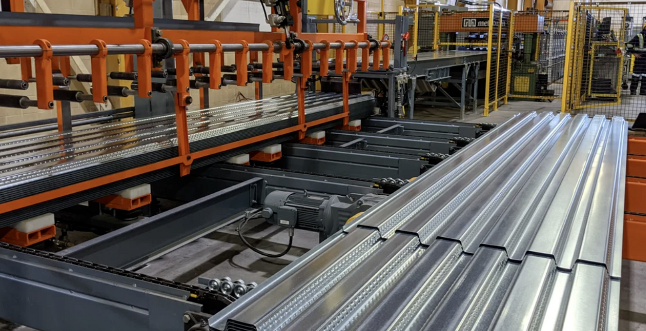
Posted on Wednesday, September 18, 2024
These floor decks are typically made from materials like galvanized steel, aluminum, or other metals, providing support for concrete or other structural loads.
Key features of a floor deck roll forming machine include:
Typical floor deck profiles:
If you need more information on technical specifications, or pricing options for a floor deck roll forming machine, feel free to ask!
Floor deck profiles are the specific shapes and dimensions of metal decking used in structural applications, primarily in commercial and industrial buildings. The profiles are designed to support concrete slabs in floors and roofs and contribute to the overall strength and stability of the structure.
Here are the common types of floor deck profiles:
| Profile | Rib Height | Typical Span | Common Use |
|---|---|---|---|
| B Deck | 1.5 in | Short to medium | Standard structural support |
| N Deck | 3 in | Long spans | Heavier loads and longer spans |
| Composite | 1.5-3 in | Varies | Unified system with concrete |
| 2W Deck | 2 in | Medium spans | Balanced load and span applications |
| Cellular | Varies | Customizable | Structural + Utility integration |
Machine matcher specialise in matching your roll forming machine requirements with the perfect new or pre owned machine.
We partner with, and represent some of the finest roll forming manufacturers in the market. For more information and a free machine quote please contact us today or view all machines.
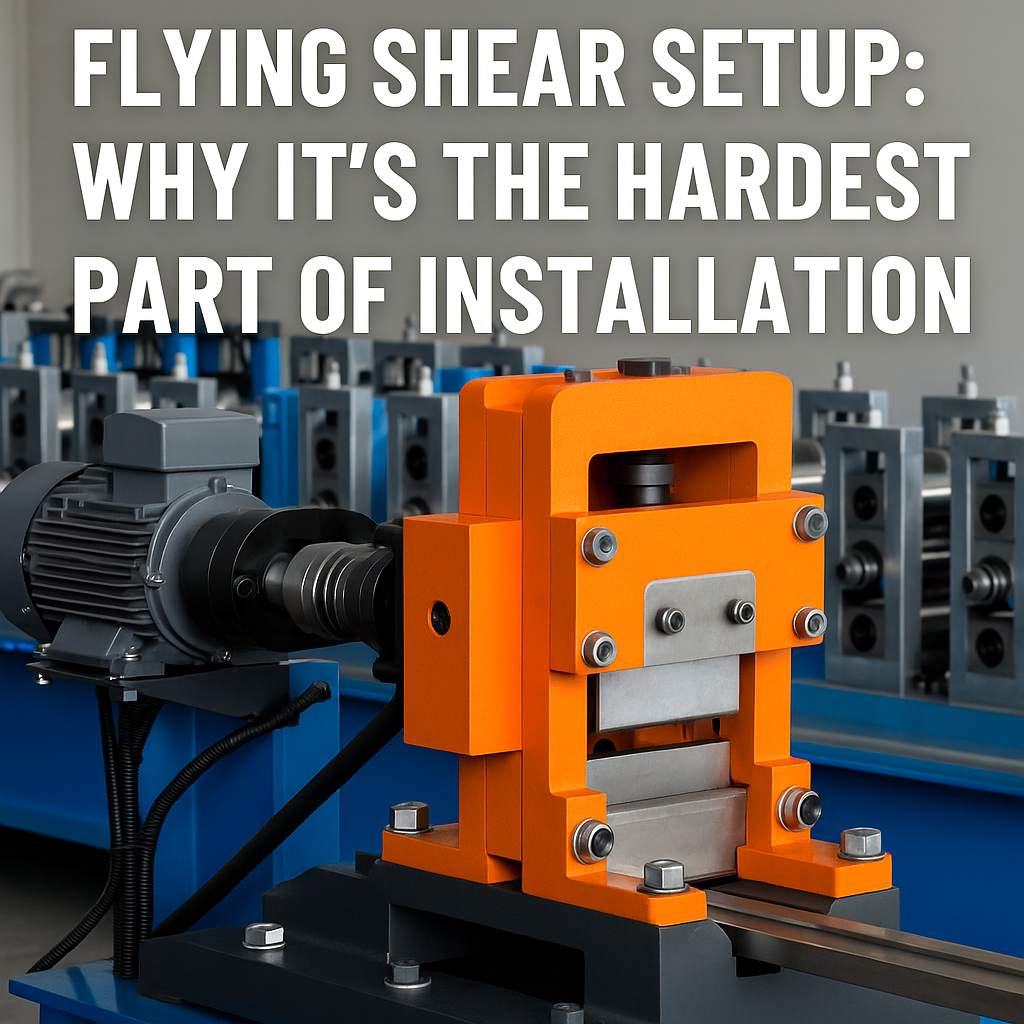
Flying Shear Setup: Why It’s the Hardest Part of Roll Forming Machine Installation
Posted on Monday, November 24, 2025
If you want a header image, meta description, or series continuation, just tell me.
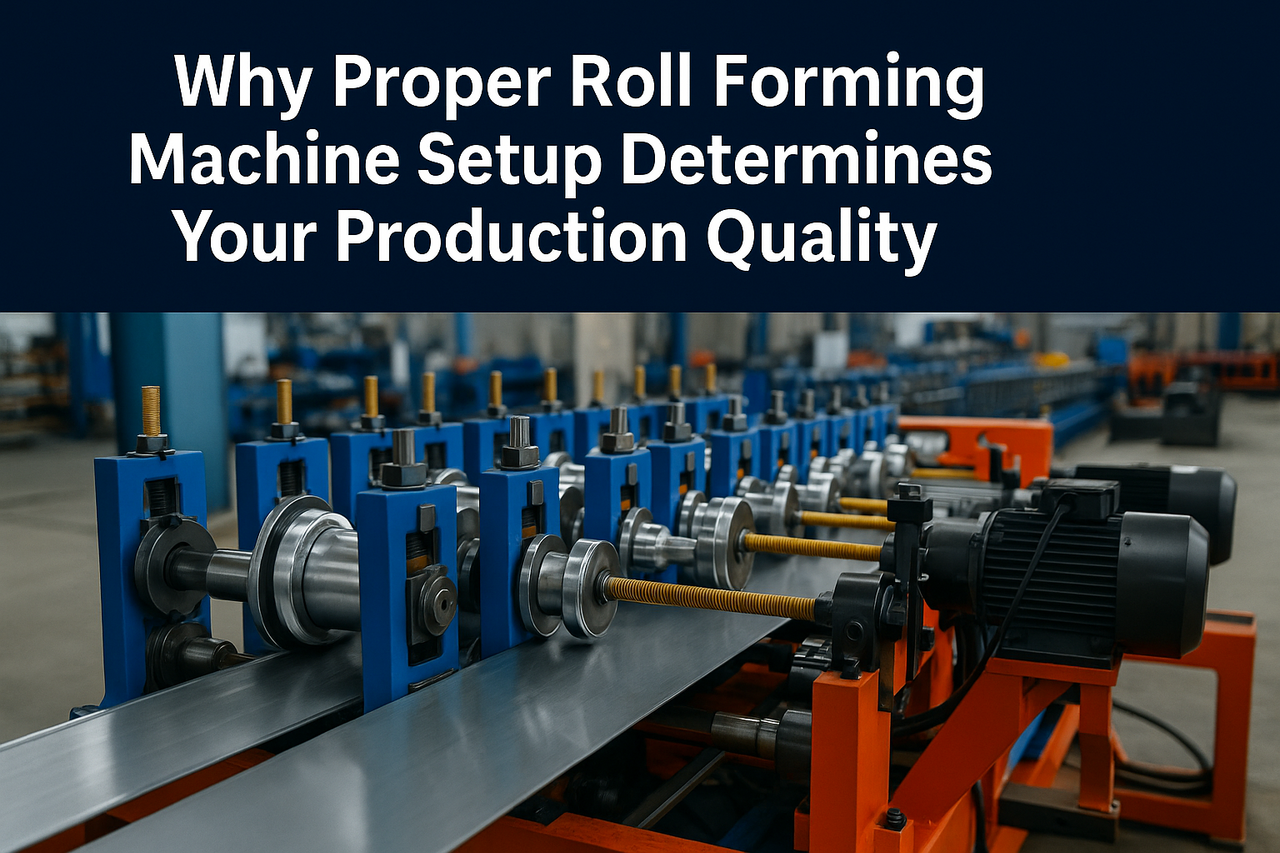
Why Proper Roll Forming Machine Setup Determines Your Production Quality
Posted on Monday, November 24, 2025
The #1 factor that decides accuracy, scrap rate, speed, and consistency.
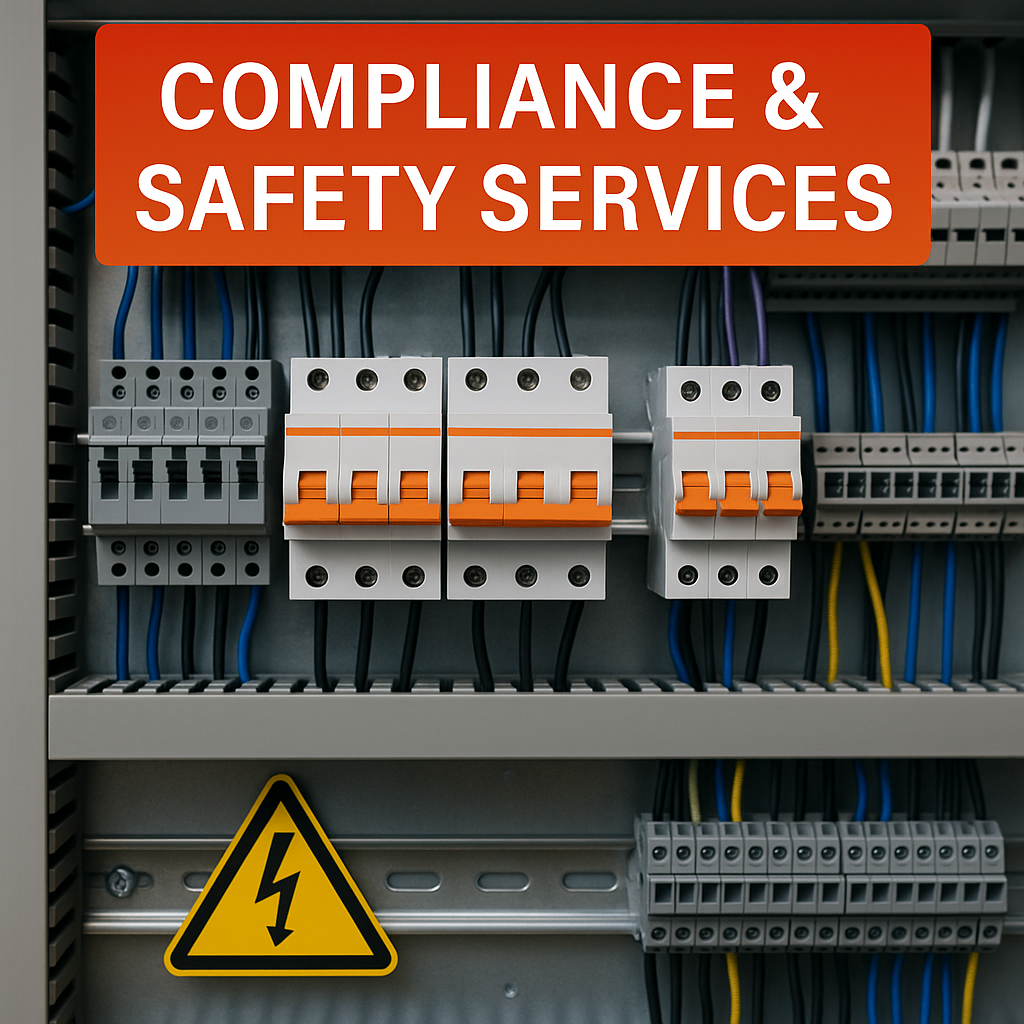
Compliance & Safety Services for Roll Forming Machines — Full Guide
Posted on Sunday, November 23, 2025
How Machine Matcher keeps your machines safe, legal, and fully compliant with CE, UL, and UKCA standards.
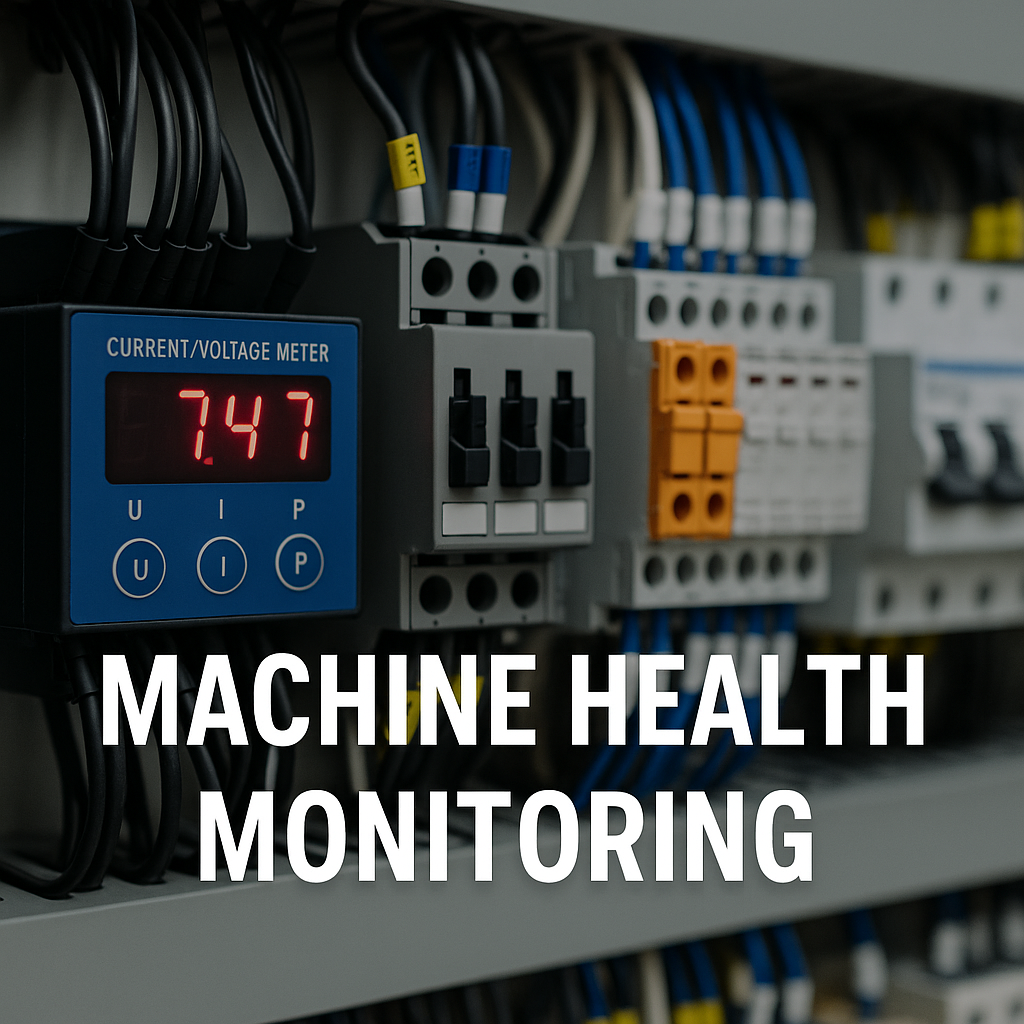
Machine Health Monitoring for Roll Forming Machines — Complete Diagnostic Service Guide
Posted on Sunday, November 23, 2025
Continuous diagnostics that prevent breakdowns, reduce downtime, and extend machine life.
Copyright 2025 © Machine Matcher.